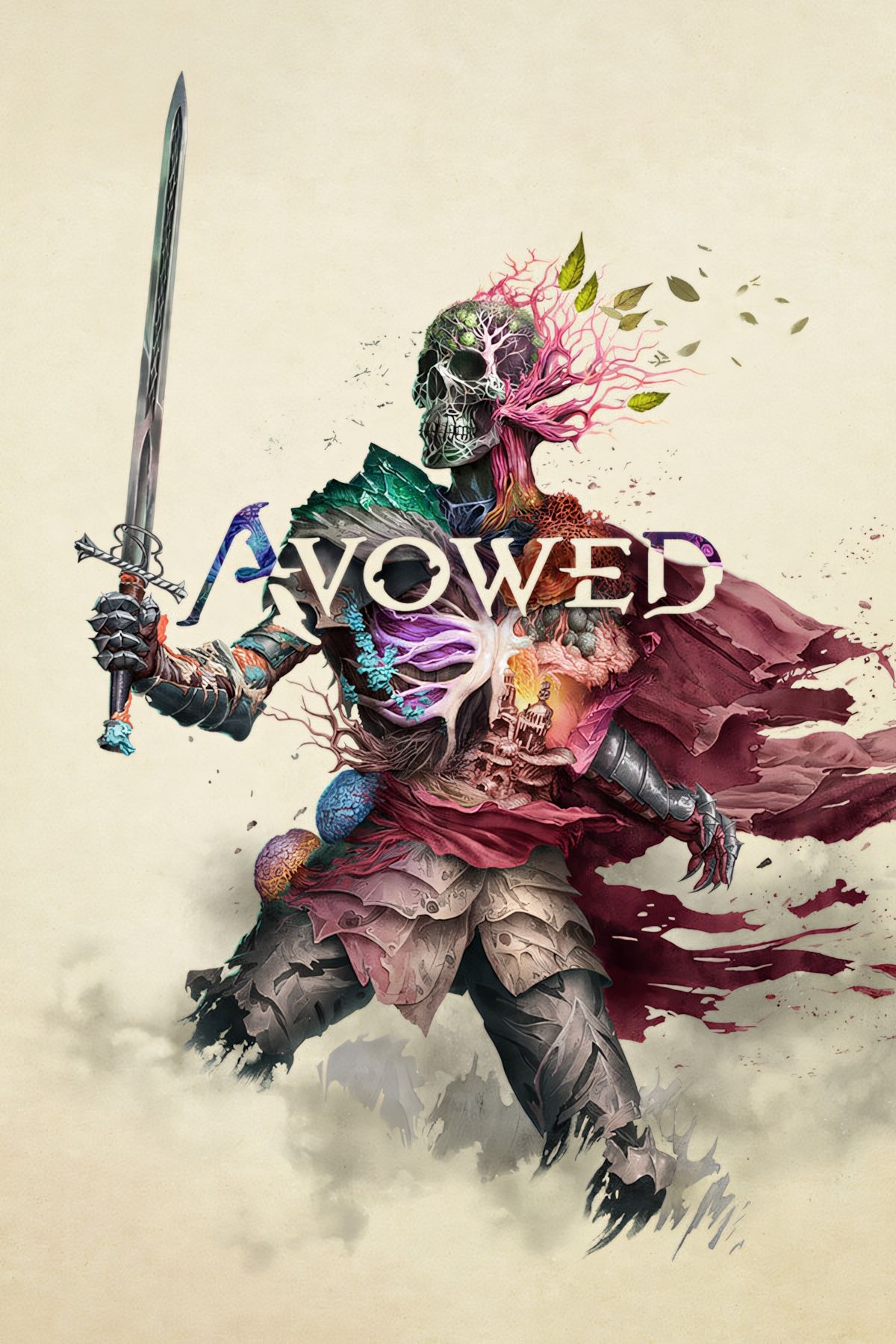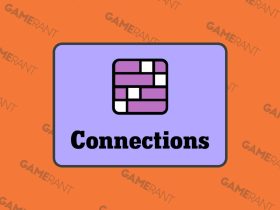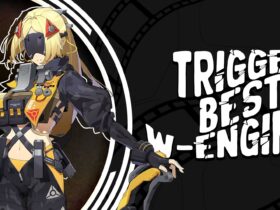Even in a game that values player choice and agency, the main character is still a character. From Skyrim’s Dragonborn to Elden Ring’s Tarnished, every game involves stepping into the shoes of someone else. In Avowed, that means stepping into the shoes of the Envoy, a godlike being investigating the Dreamscourge plaguing the Living Lands.
Avowed’s senior narrative designer Kate Dollarhyde recently spoke to Game Rant about designing the Envoy and what went into their development as the player character.
Making Avowed’s Main Character
A world needs a character to interact with it, and in most Obsidian titles, protagonists wander into their grand destiny. The player character in The Outer Worlds is a random person dropped into the machinations of a distant star, for instance. That model, though, didn’t really work for Avowed. This means Obsidian had to work out a new angle to tell the story it wanted to tell, giving finer details to the Envoy’s background atypical of its titles.
“We needed a more defined player character. But this structure had worked for our previous games, so why wasn’t it working now? I think it was because the story we wanted to tell was, in some ways, about power–imperial power, specifically, but also personal power and change. Accidents can catalyze change, but the power of the empire needed someone to wield it, to grapple with it, to be subject to it…Once we knew the role the player character would play within the empire, it quickly became clear to us that there were only a few types of people the player character could reasonably be.”
That doesn’t mean there isn’t room for players to create their own Envoy.
In addition to physical character creation, players can choose how their Envoy rose in the court of Aedyr and what their life was like before the game through choices about background, dialogue, their own takes on power, and how they deal with the Dreamscourge. The result is that each Envoy can still feel unique. Avowed‘s backgrounds, for instance, include things that could catch an Emperor’s eye, such as Noble Scion, War Hero, Court Augur, Vanguard Scout, or Arcane Scholar.
There are some limitations, of course. Because the power in Highcrown, the imperial seat of Aedyr, is concentrated in the hands of humans and elves, the player–a kith–must take the form of a human or an elf in Avowed. The player’s background is also somewhat limited by being sent by the empire to investigate the Dreamscourge. That, Dollarhyde explained, was necessary for the story.
“To tell the story we wanted to tell, the player character couldn’t really be someone who wandered off a boat and was suddenly invested with a great destiny. They needed a role that afforded them privileges, responsibilities, allegiances. They needed a context to operate within and a point of view to start from, so that the people of the Living Lands had a reason to care about why the player was there–and a reason for the player to care, too…The player character needed to be pulled in two directions, to have their loyalties divided. Power that puts you in that position isn’t really acquired by happenstance.”
That enabled Avowed to tell stories about political intrigue, the metaphysics of the Pillars of Eternity setting, and split loyalties. That makes the decision to give some focus to the Envoy’s origins an asset to the larger plot of the game and provides opportunities for storytelling a more blank-slate background wouldn’t have given.
Source link














Leave a Reply